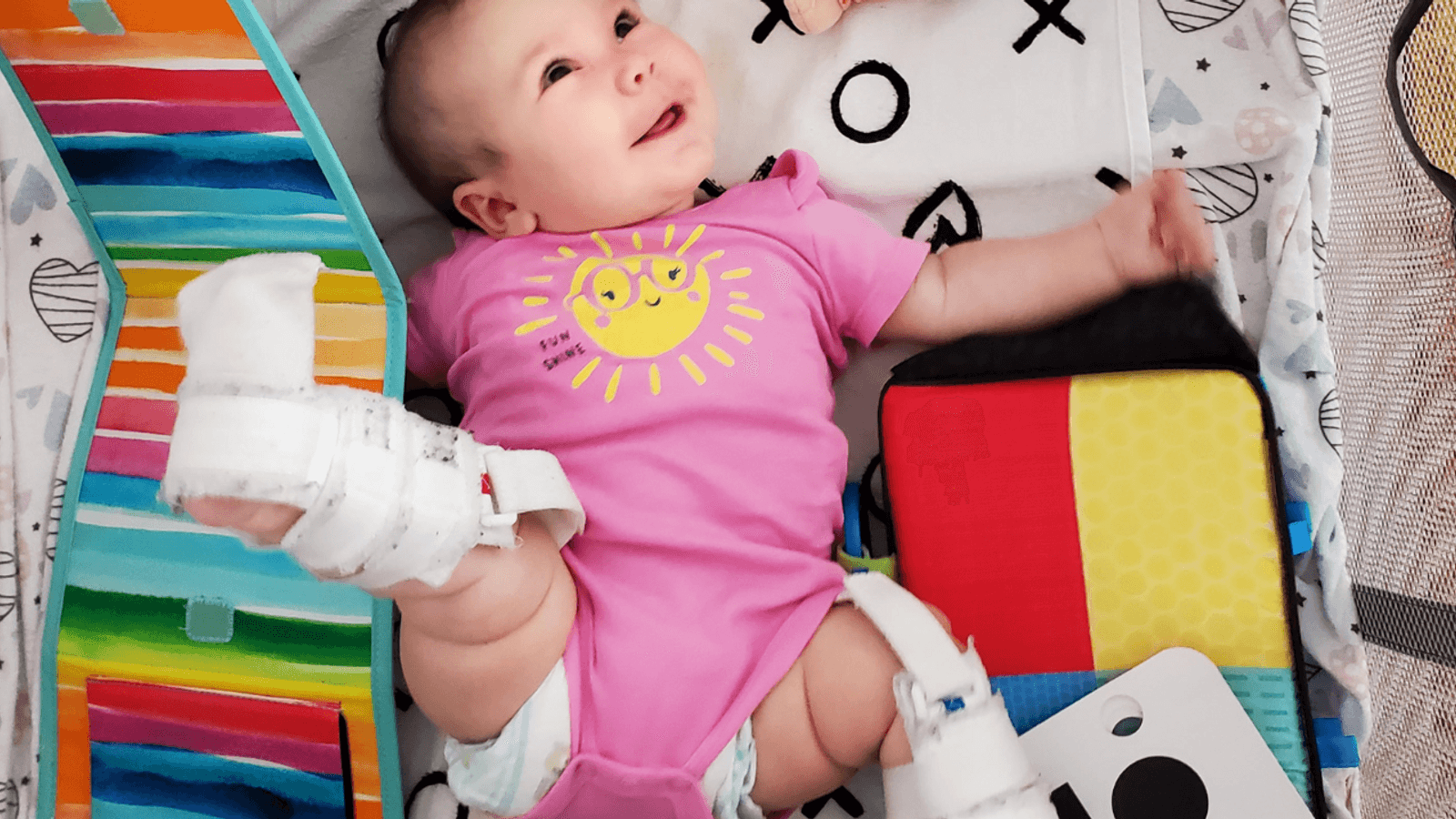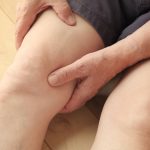
What is hip dysplasia?
Hip dysplasia can occur when a baby’s hip joint does not develop properly. It is usually detected in babies. However, adolescents and adults may also experience symptoms later in life due to undetected hip dysplasia.
The hip joint is a ball and socket. The top of the thighbone (femur) is the ball. This fits into the socket, which is a curved part of the pelvis (the acetabulum). In hip dysplasia, the acetabulum is too shallow. This causes the hip to become dislocated or unstable. The is called ‘developmental dysplasia of the hip (DDH)’.
Hip dysplasia diagnosed early in life can be corrected and usually fixed completely. If not treated in childhood, hip dysplasia can damage the joint over the years.

What are the symptoms of hip dysplasia?
Hip dysplasia in babies is not painful. Symptoms include:
- a hip joint that clicks when rotated
- different length legs
- late sitting or walking
- legs are difficult to spread apart
- not putting weight on one leg
- uneven skin near the buttocks
- uneven walking or limping
- weight on one side when sitting
In adolescents and adults, the main symptom of hip dysplasia is sharp pain, especially in the groin area. This may become worse when:
- walking
- standing
- running
- using stairs
What causes hip dysplasia?
The exact cause of hip dysplasia is unknown. Hormones and the baby’s position in the womb can affect the hip joint.
Hip dysplasia is more common in:
- babies with a family history of the condition
- breech births
- females
- firstborn children
How is hip dysplasia diagnosed?
All newborn babies are examined for hip dysplasia in their first few days of life. These tests are repeated again at 6 weeks. If a problem, is detected, an ultrasound may be ordered. This can also be done for babies at high risk of hip dysplasia.
In older children and adults, a physical examination, and an x-ray are used to diagnose the condition. An MRI or CT scan may be necessary to have a closer look at the acetabulum and assess any damage.
How is hip dysplasia treated?
Treatment for hip dysplasia depends on:
- your age
- how severe the condition is
- whether you have arthritis
Babies younger than 4 months can wear a soft brace (known as a Pavlik harness) to help their hip develop normally. A small number of babies may need to have surgery or spend time in a plaster cast. You can speak to your doctor about bracing.
Adolescents and adults can receive treatment to preserve their hip for as long as possible. You may receive anti-inflammatory treatment to help manage the pain.
Physical activity and strengthening exercises will help you stay healthy. However, you should avoid running and impact sports. These sports can put too much pressure on your hip joint. You should speak to a physiotherapist about exercising with hip dysplasia.
Surgery can sometimes be used to:
- re-shape the acetabulum (pelvis) so that the hip joint sits in a more normal position
- or repair the cartilage
This will help reduce your pain and slow down the damage to your joint. In some cases, you may eventually need hip replacement surgery.
Walking with a cane may help in the later stages of hip dysplasia. Gently moving and stretching your hip will help to keep it lubricated and moving well.
Can hip dysplasia be prevented?
The best way to prevent problems with hip dysplasia is to detect and treat it early.
There are things you can do to prevent hip dysplasia after your baby is born. These can include using baby carriers that improve hip position. If you have a baby with hip dysplasia, be sure to use safe breastfeeding positions. You can receive advice from the Australian Breastfeeding Association.
Complications of hip dysplasia
Hip dysplasia is a leading cause of hip pain in older people. Many adults with hip dysplasia develop osteoarthritis, which is a leading cause of disability. Learn more about living with osteoarthritis here.
People with hip dysplasia may eventually need a hip replacement.



